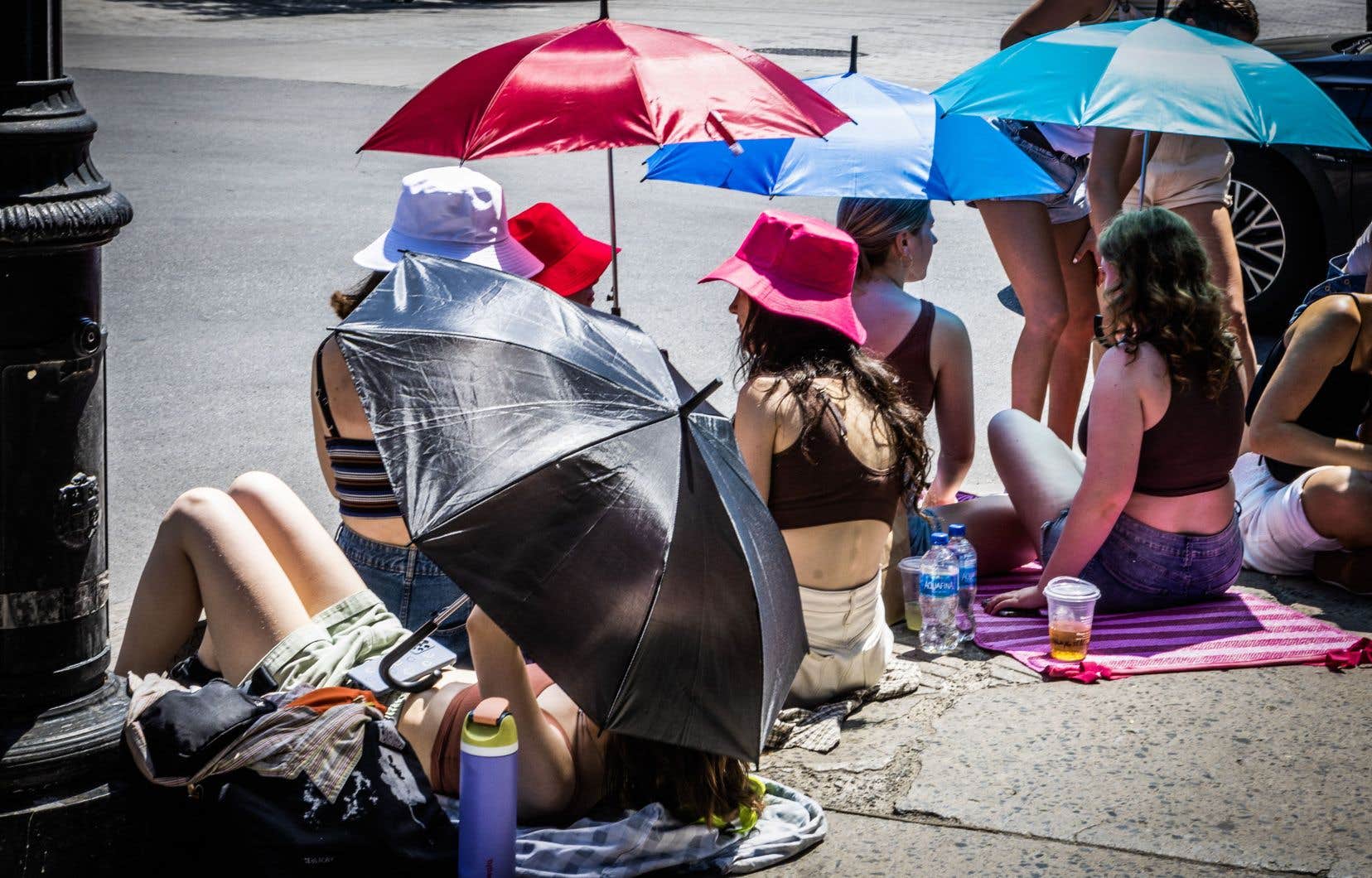The heat waves that punctuate our summers are expected to increase in the coming years. These weather events, which threaten the health of populations, are forcing cities to rethink their ways of doing things.
Several recently published studies have confirmed this vulnerability of large cities to global warming. According to a report by a team of researchers published in September 2016, funded in part by Environment and Climate Change Canada, “heat waves will increase in severity, duration and frequency over the coming decades in the context of climate change.”
A Statistics Canada report published last month concluded that nearly 900 deaths in Canada between 2000 and 2020 were attributable to extreme heat, nearly half of which were in Montreal. According to Statistics Canada, this vulnerability of the Quebec metropolis can be explained by the high population density, but also by the higher proportion of renters among residents (61% of the population, according to the 2021 census), who are less likely than owners to have air conditioning at home.
In addition, during heat waves, large cities are particularly prone to the formation of urban heat islands, where the temperature difference with the surrounding environment can reach more than 12 °C. The predominance of artificial surfaces is largely responsible for this: concrete and bitumen surfaces store a large amount of heat during the day, which they then release, thus preventing the temperature from decreasing at night.
Cool off differently
However, big cities are not helpless when it comes to heat waves. “There are several things they can do,” explains Christian Savard, general director of Vivre en ville. According to him, the heatwave of August 2003, which caused nearly 15,000 deaths in France, served as an electroshock.
Since that episode, several major cities have put in place emergency plans to be applied during heatwaves, which include measures such as installing misters in public places as well as extending the opening hours of public swimming pools or air-conditioned public places such as libraries.
In addition, several municipalities are deploying their staff to meet with vulnerable people, whether to inquire about their state of health or to offer them refreshments. “We know that these vulnerable clienteles are often elderly people who tend not to leave their homes,” explains Christian Savard.
These measures are useful for mitigating the effects of heat waves, but they are mainly short-term interventions that do not reduce temperatures in large cities. Relying on air conditioning, which is very energy-intensive, is also not a viable long-term solution.
“I think what we need to work on are ways to naturally cool cities,” adds Mr. Savard. “The priority should be to demineralize surfaces as much as possible, create green spaces and plant mature trees.” Not only do mature trees create significant shade, but green surfaces absorb and release water, which creates a significant cooling effect.
“Currently, there are several municipalities in Quebec that have taken interesting measures, particularly with regard to emergency measures during heat waves and greening,” adds Mr. Savard. “However, we are not yet very advanced in terms of air circulation, as in Singapore,” which has notably reorganized its urban space to maximize circulation.
Building architecture plays a fundamental role in cooling cities, adds the CEO of Vivre en ville. The presence of green or light-coloured surfaces, as well as the use of materials that reflect heat (such as wood or porous concrete, which helps cool the air), helps cool homes. The installation of awnings and shutters, which are very common in Europe, also helps limit exposure to the sun on the hottest summer days. Finally, installing large windows on opposite sides of buildings ensures better natural ventilation.
